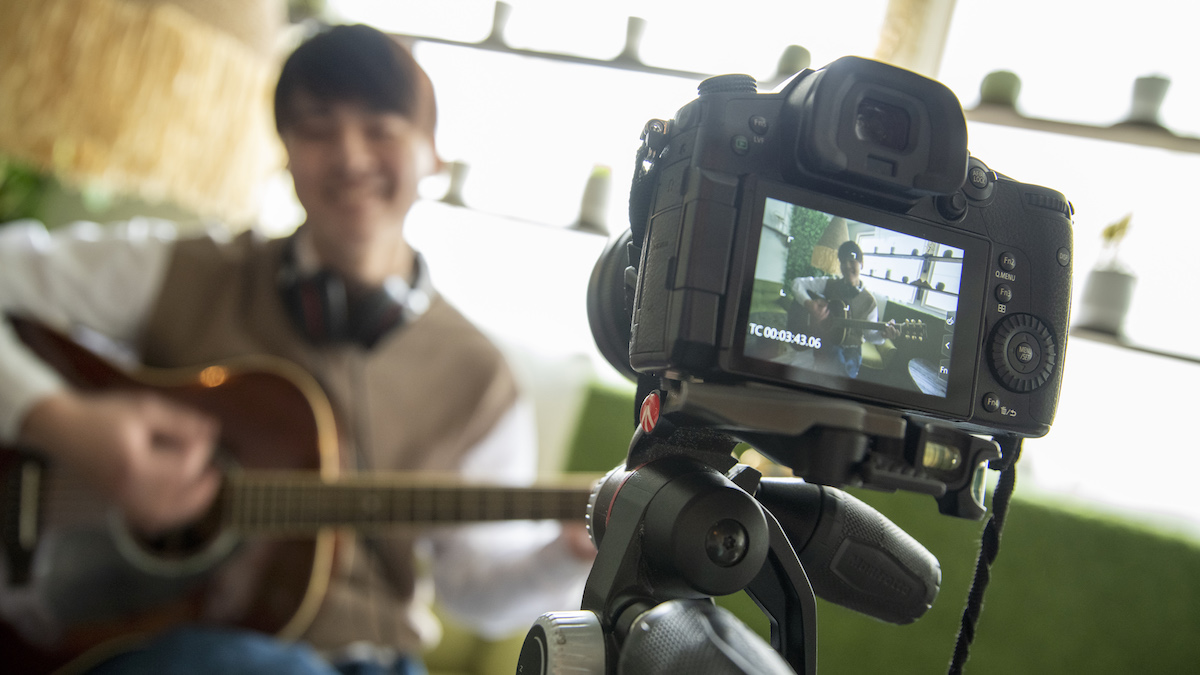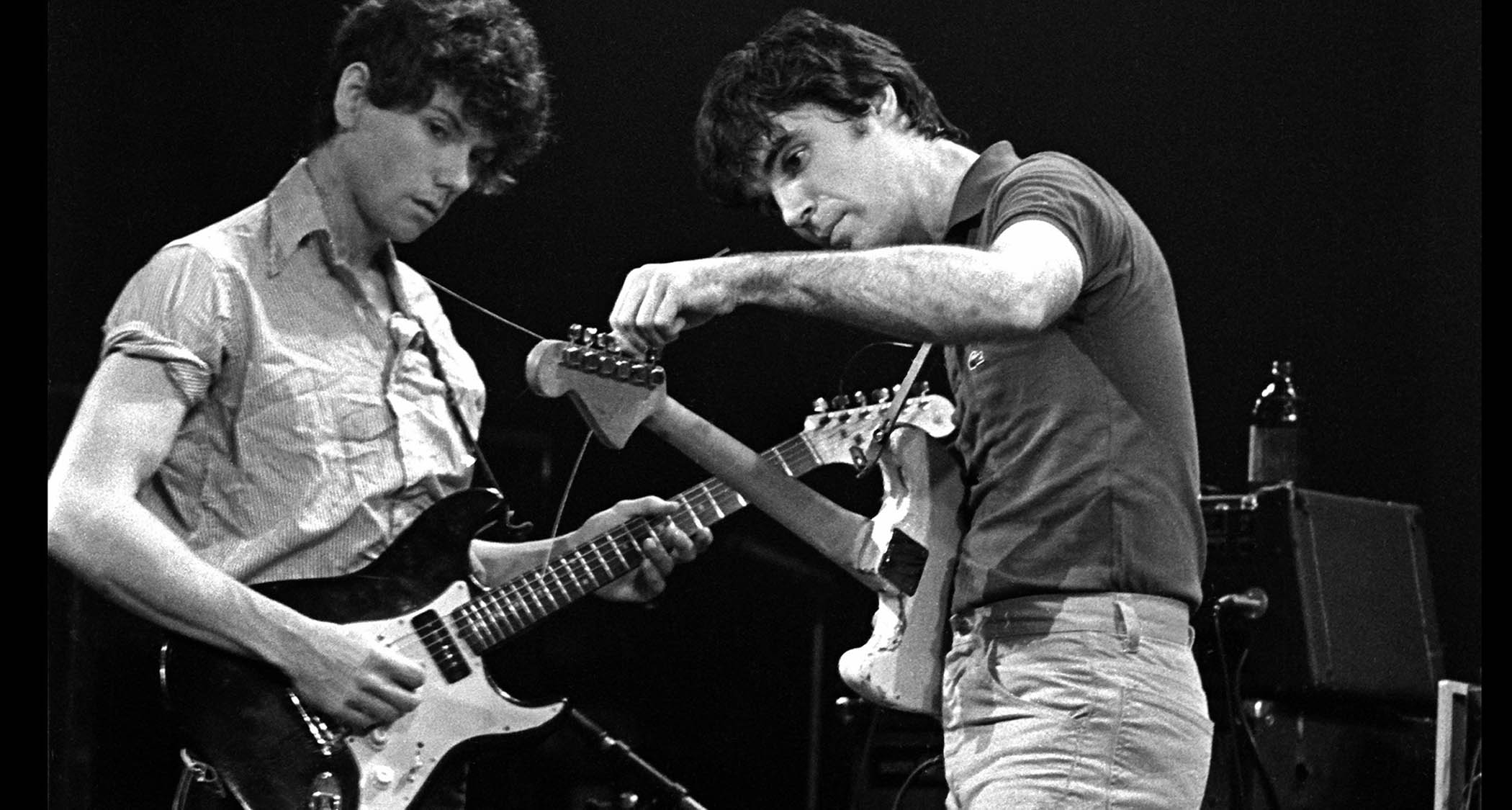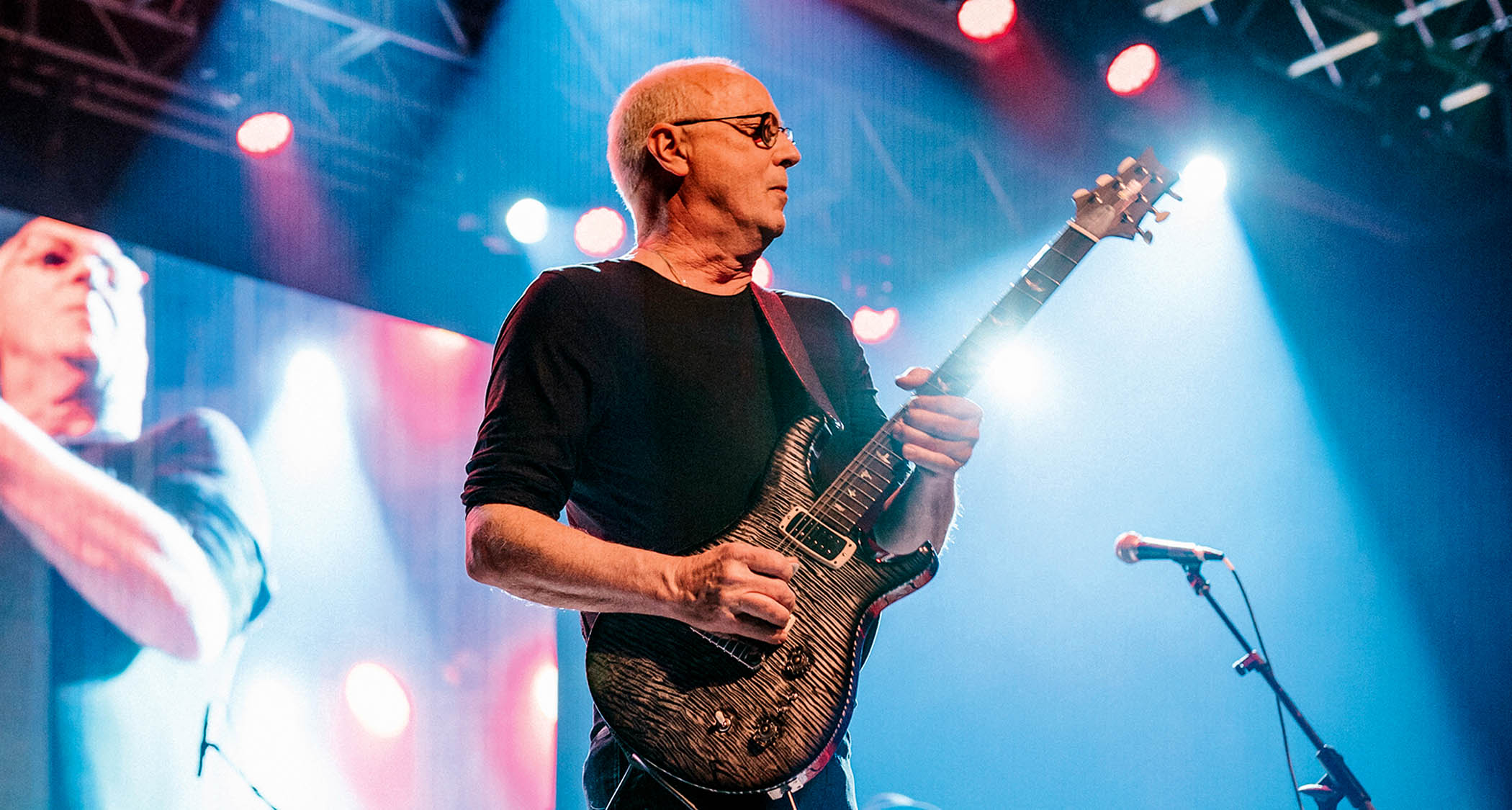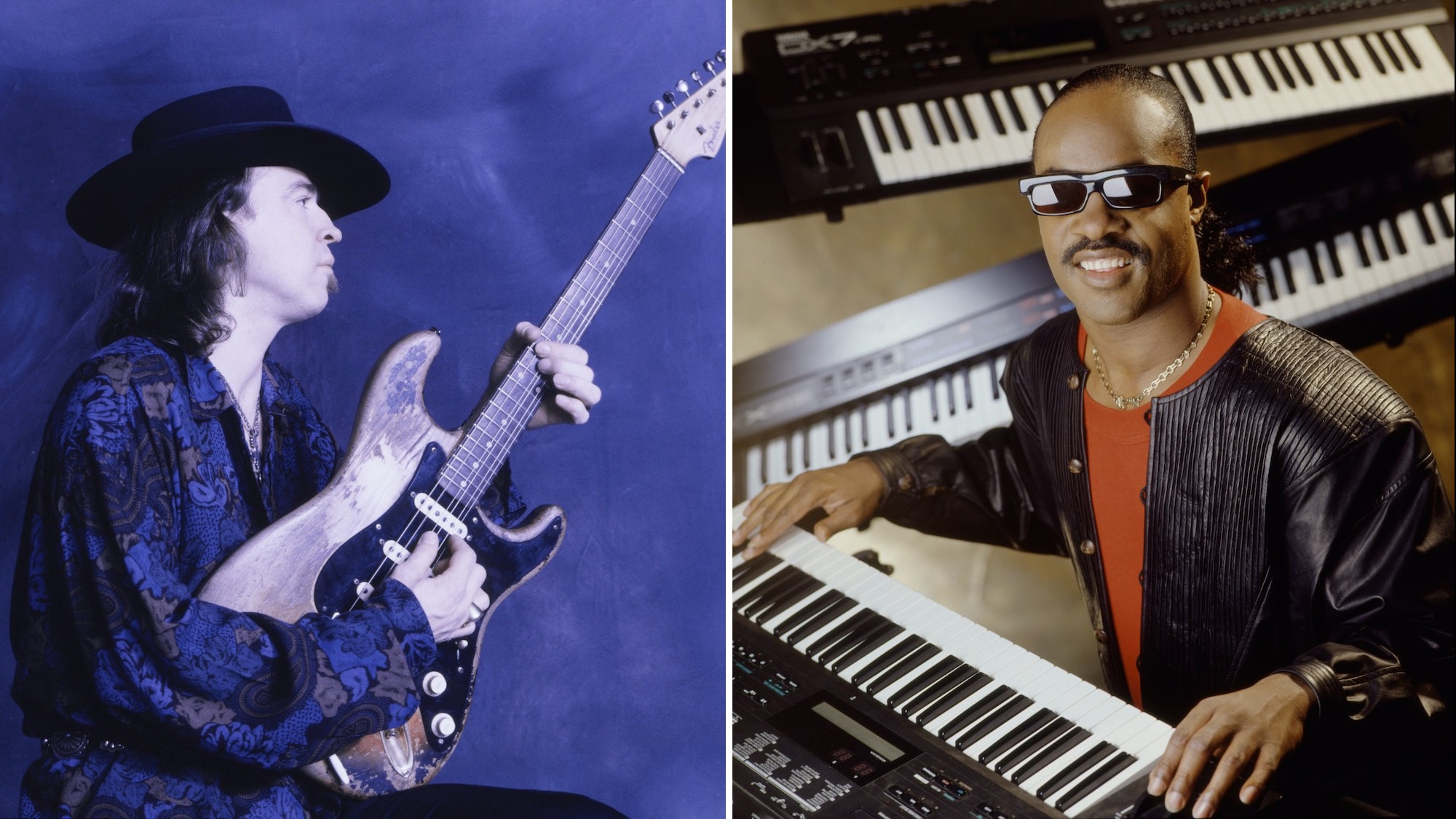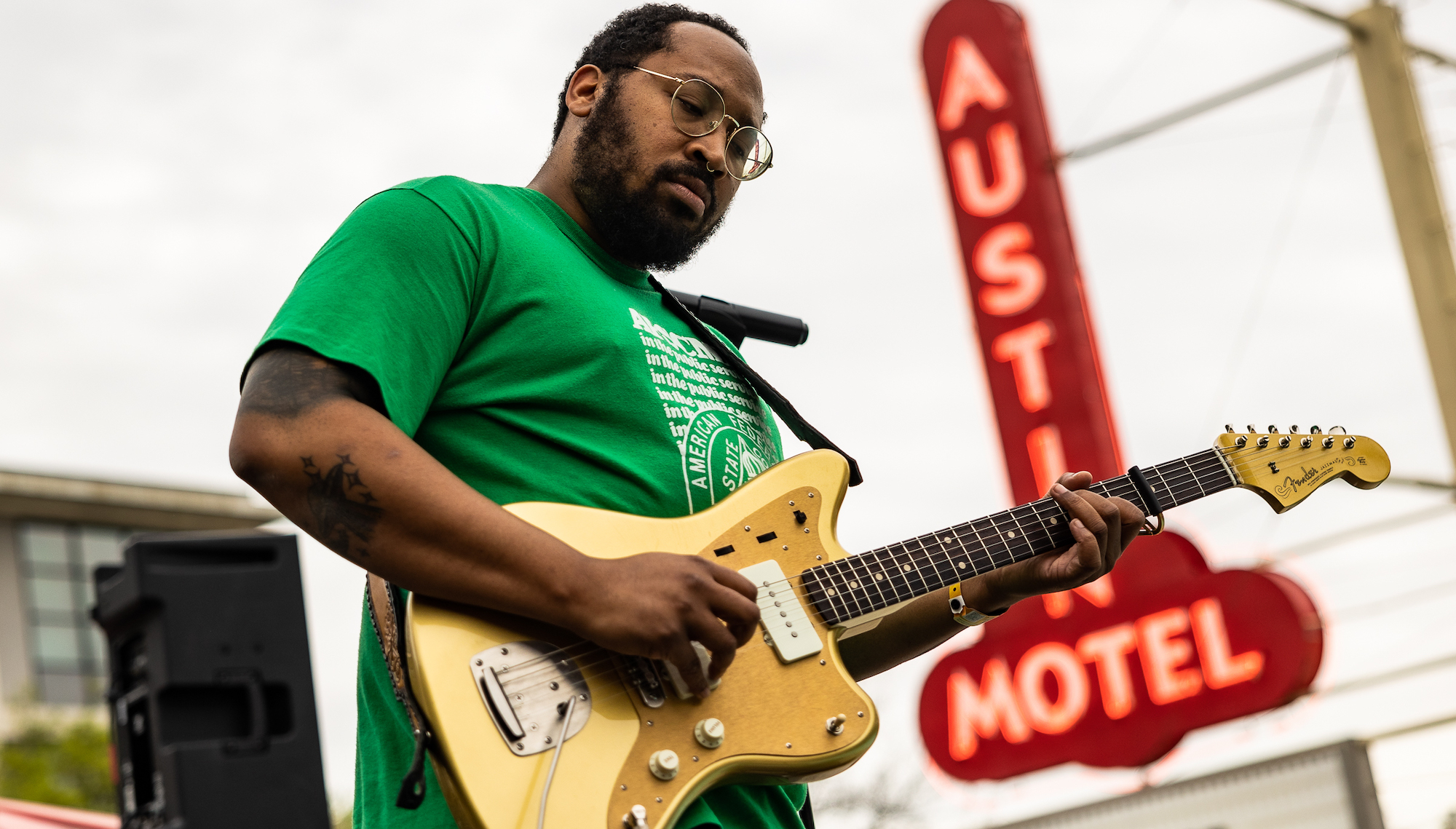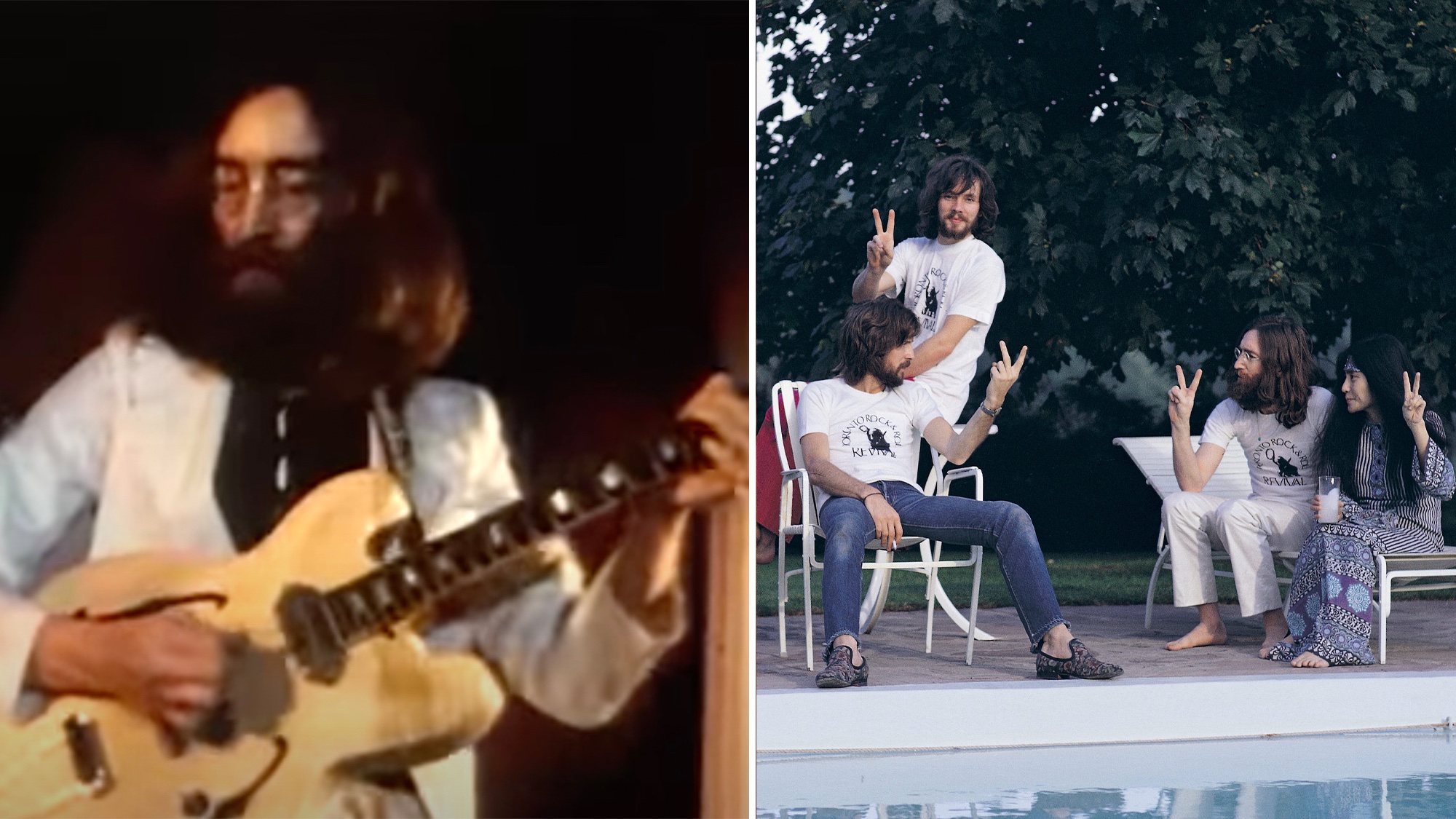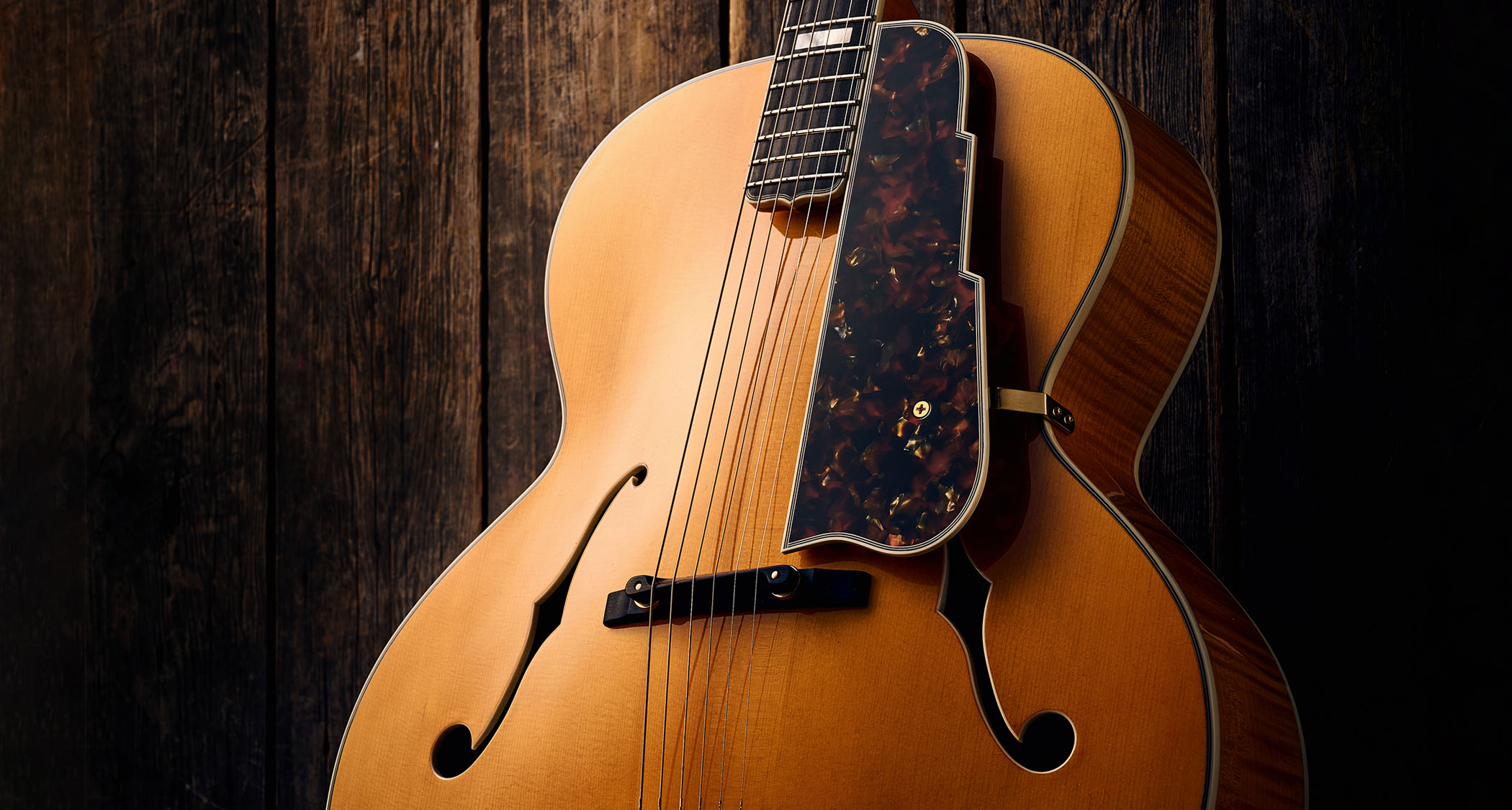“I didn’t use any amps. The pedal that saved me was the Boss Super Overdrive”: How Yves Jarvis made 2025’s most exciting experimental record so far with a $50 Explorer knockoff and an unbelievably weird tuning
Channeling Bowie and Sly Stone, and recorded entirely on Audacity, All Cylinders is an idiosyncratic masterpiece
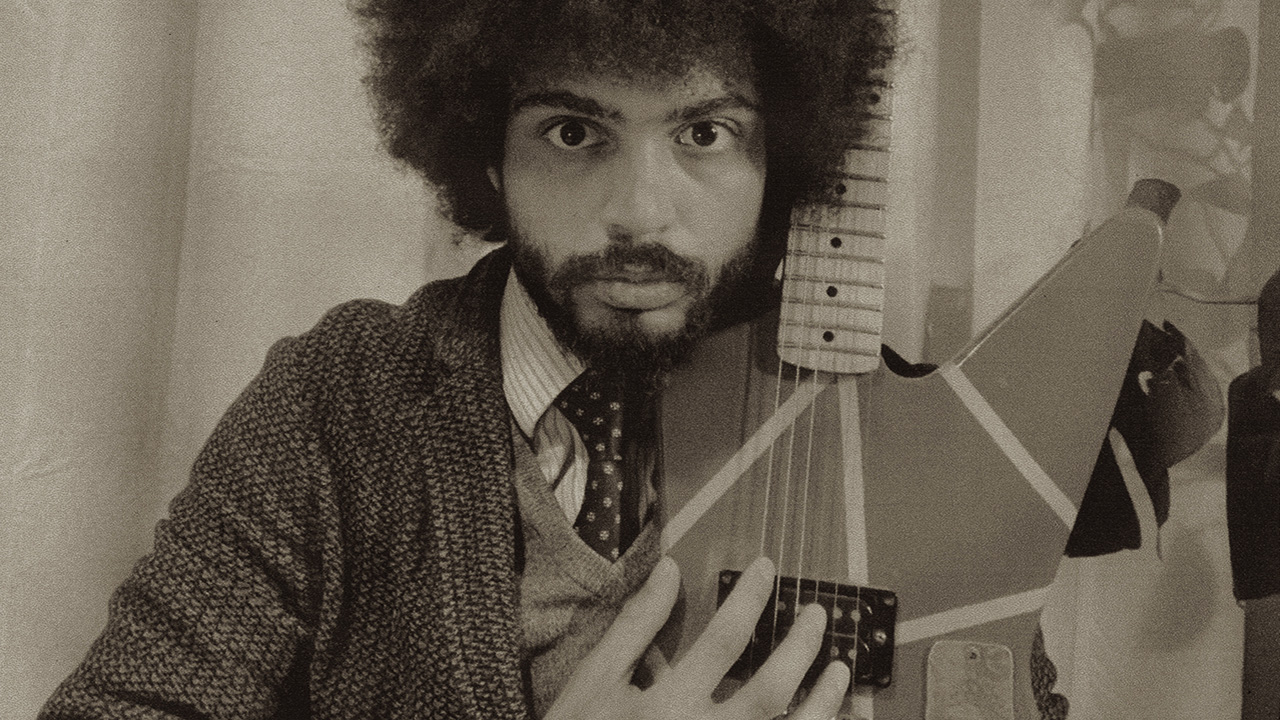
Yves Jarvis has made one of the most interesting and bold albums of the year to date, garnering comparisons with Prince, Captain Beefheart, Ray Charles and Fleetwood Mac.
All Cylinders is an experimental record, yet the songs are all short and memorable with a pop sensibility that suggests what Bruno Mars might do if he embraced being a muso.
Jarvis played all the instruments himself, and the focus is clearly the songs – but there are interesting guitar parts all over the place. What’s more, he coaxed a stunning range of guitar tones out of the most unpromising-sounding rig we’ve ever heard of.
All Cylinders is an experimental record, but the average song lasts less than three minutes and there are lots of big hooks. How do you combine experimental music with pop?
“I’m always trying to bridge those things I don't think they need to be bridged, necessarily; but they feed into one another. I guess a lot of people see them as opposed, because of the formalism of pop versus the lack of form in the abstract experimental stuff.
“But so many people have done it who have inspired me, like Bowie. He’s the king of everything being reoriented and deconstructed – but it's undergirded by this tried and true weltgeist, which is one of my favorite things to think about: the spirit of the world. And [former Bowie and King Crimson guitarist] Adrian Belew is maybe one of my biggest influences.”
How do you bring your influences into your music? It doesn’t sound like you think, “Let’s make this sound like so-and-so.”
Get The Pick Newsletter
All the latest guitar news, interviews, lessons, reviews, deals and more, direct to your inbox!
“I might tell myself something like that, like, ‘The spirit of what Sly Stone is doing on this track, I need to tap into that spirit.’ I like to be so immediate and quick – I like the ideas to just burst forth.
“So I’m always trying to invoke the spirit of what moved or mused specific artists.”
Your bio says you recorded everything on Audacity. What’s your process?
“When I’m using Audacity, I’ll only use the built-in graphic EQ. I’m recording straight in. I don’t even have my own stuff. My buddy lent me this Steinberg interface. It’s got a $30 price sticker on it. I don't know what it is, but it sounds great. It sounds exactly like what I was used to getting with tape.
“I’ve always used Audacity to arrange and sequence my work from tape. But this time, I didn’t even use any hardware. I realized it’s all the same, just another piece of hardware. I just treated it like I treat my four-track.”
What guitar gear are you using on the album?
“I didn’t use any amps. The pedal that saved me – and made me realize I could do it – was the Boss Super Overdrive. I even played a few shows where I was going straight into the PA DI with the pedal.
“On One Gripe, or any time there’s an overdriven sound, that’s the tone I wanted to cut through. I’ve always appreciated DI because it just cuts through. I like my tones to be stark; at least it’s a good place to start, because it leaves a lot of room to add into the context.”
How did you stumble on using a Boss SD-1 as a DI?
“I was just about to start a tour with Suuns, this Montreal band, and we went over to the UK ahead of them. I didn’t have amps, so I played the first show just through the PA, naked. It must have been bad!
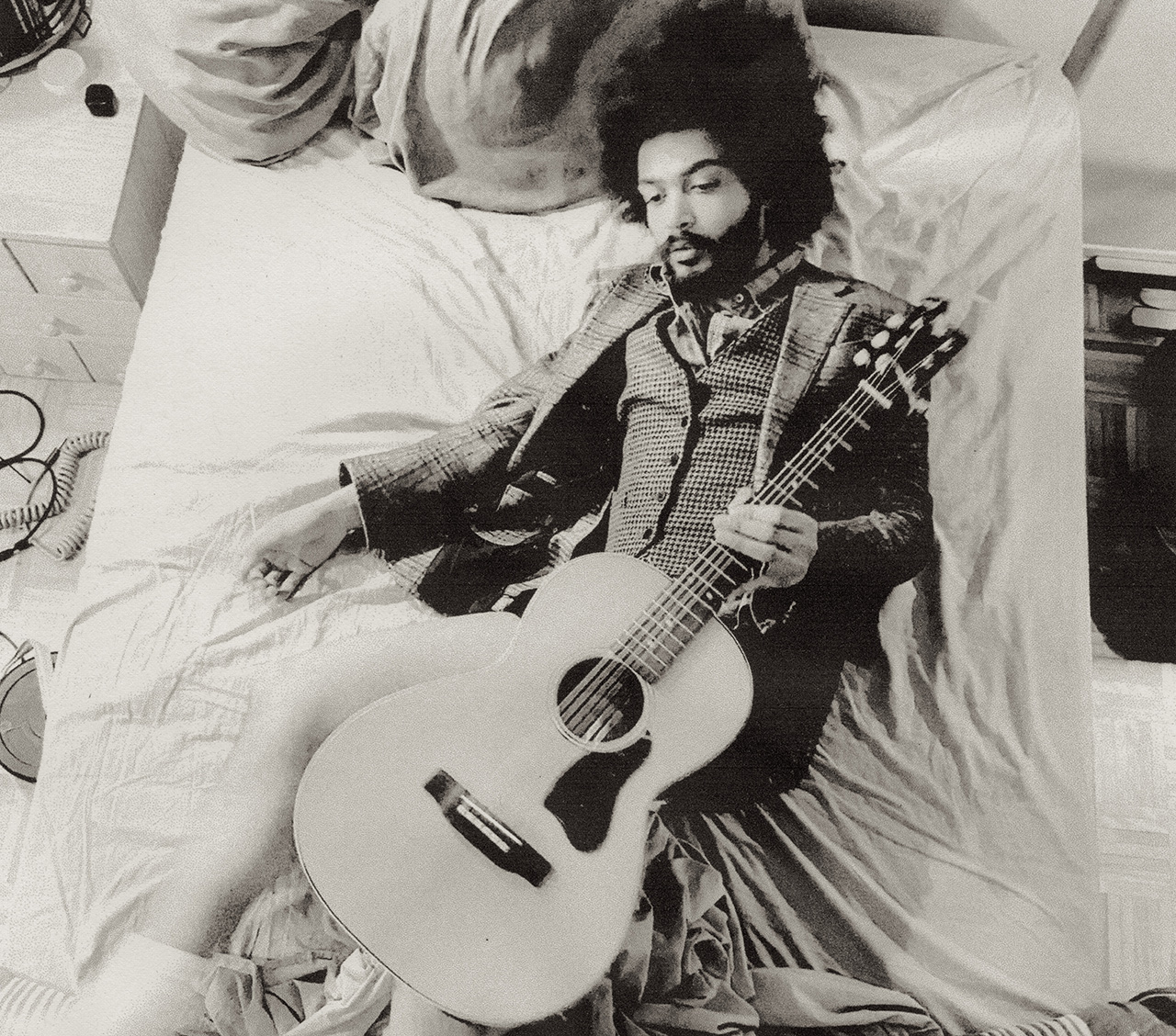
“So I bought the pedal to give it some oomph. It just sounded like candy to me. My flimsy DI tone sounded like a bunch of elastics. Then I threw on the Boss and it was hot, rich and cutting through.”
It seems like there’s a diverse range of tones on the album. Are you saying it’s all the Super Overdrive?
“Yeah. I don’t have the pedal anymore – I'm gonna have to get another one, because for me it’s a lifelong thing. My clean tone was the drive on zero, and then my distorted tone would be somewhere like two-thirds up.
“My guitar is really rough, too. It’s this Hondo Explorer-style; it’s definitely striking, because it’s a red Explorer. I got it for $50, 20 years ago. It’s a really rough guitar to wrangle.
A post shared by Yves Jarvis (@yvesjarvis)
A photo posted by on
“I’ve been using an alternate tuning – D-A-D-E-A-C# – for years, to the point where it’s my standard. Like, I can't actually play well in standard! I can jam to no end in my tuning, but it’s hard for guitars to hold that down. So I just bought a new acoustic. It’s doing a great job, this Art & Lutherie parlor-style.
“I’m just so concerned with the immediacy of it all that I neglect a lot of technical stuff. I’ve never had my guitar set up. It’s like, ‘I’m using this tuning; I should get it set up for the tuning.’ But when I’m playing guitar I feel like I’m riding a bull.”
- Yves Jarvis tours the US starting on April 24 in Brooklyn, NY.
Jenna writes for Total Guitar and Guitar World, and is the former classic rock columnist for Guitar Techniques. She studied with Guthrie Govan at BIMM, and has taught guitar for 15 years. She's toured in 10 countries and played on a Top 10 album (in Sweden).
You must confirm your public display name before commenting
Please logout and then login again, you will then be prompted to enter your display name.
“Chess was cussin' when I got to the session with Muddy. But when he heard me, he just sat there with his mouth open”: Leonard Chess wanted to cash in on the folk boom, and asked Muddy Waters to bring him an old acoustic bluesman. He brought him Buddy Guy
“Even the thought that Clapton might have seen a few seconds of my video feels surreal. But I’m truly honored”: Eric Clapton names Japanese neo-soul guitarist as one to watch

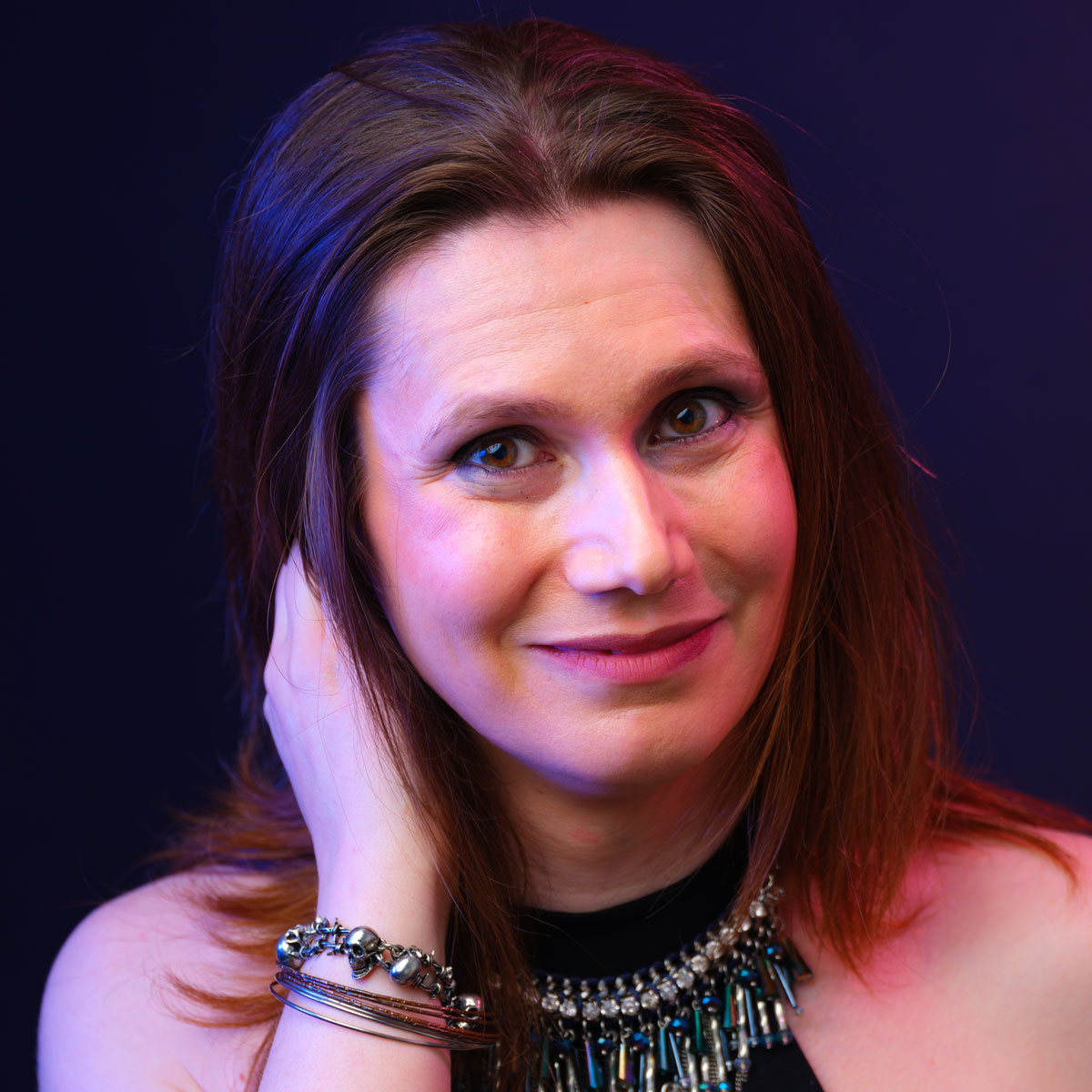
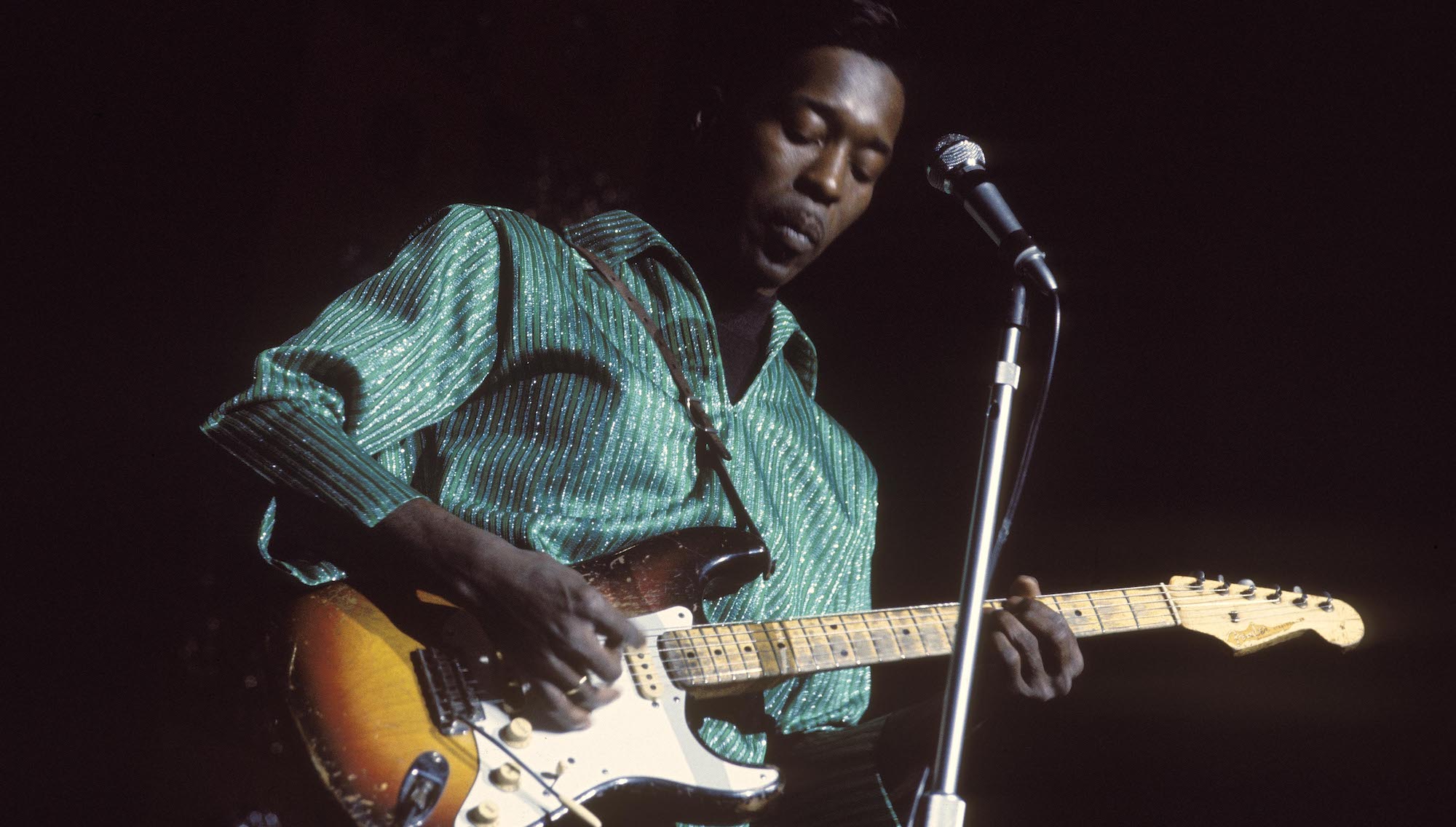
![[from left] George Harrison with his Gretsch Country Gentleman, Norman Harris of Norman's Rare Guitars holds a gold-top Les Paul, John Fogerty with his legendary 1969 Rickenbacker](https://cdn.mos.cms.futurecdn.net/TuH3nuhn9etqjdn5sy4ntW.jpg)
